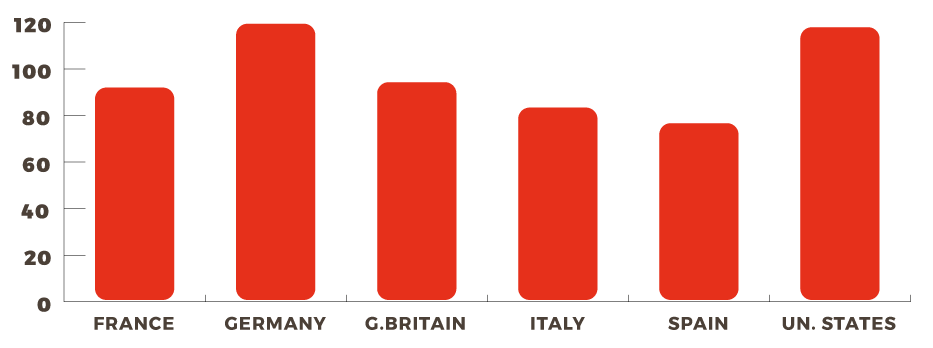In particular, JAXplus responds to the needs of:
People with problems of diabetes
People who are active and athletes, both professionals and amateurs
People who need to control their weight
Children
JAXplus, an ally against diabetes and other metabolic problems
High postprandial glycemia is one of the risk factors of metabolic syndrome and of various illnesses. It is, in fact, related mainly with the development of type 1 and 2 diabetes, kidney failure, neuropathies, cardiovascular diseases. The contribution of JAXplus to the reduced glycaemic impact is an aid in the contrast and prevention of these problems of the metabolism and illnesses associated with them.


JAXplus, a support for athletes
JAXplus can be used alone or together with other functional principles within supplements: its effect in the reduction in the speed of absorption of carbohydrates and sugars makes it particularly suitable for athletes in resistance activities.

JAXplus, a support for those who want to lose weight
Carbohydrates and sugars are found in many products and they also hide in unexpected foods. The impact of these nutrients on our body can create an accumulation of fat and an increase in weight above all if the consumption is not related to the proper ratio of fibres which help to contain its absorption.
JAXplus, for excess weight in children
One child out of three from the ages of 6 to 9 in Italy is overweight or obese, the highest rate in Europe. JAXplus can represent a valid help in nourishing the child in a healthy and proper way without forcing him to go on traumatic diets and accompanying him in the food education process in a gradual manner.

Focus: why is the consumption of sugar harmful?
The WHO recommends a daily intake of sugar that does not go over 25 grams, but the average ranges around 80 grams per person, with evident consequences on the health plan. In Italy, the awareness of healthy eating is higher: nonetheless, consumption remains high.

It is by now known that the glycaemic peak in the blood after meals influences not only the accumulation of fat, but health in general.
Diabetes patients have increased from 108 million in 1980 to 422 million in 2014.
From 1975 to 2016, obesity has almost tripled, affecting even children (WHO data).
In Italy, 1 out of 3 children is overweight with a tendency to becoming obese, in the south of the country, 1 out of 2.



